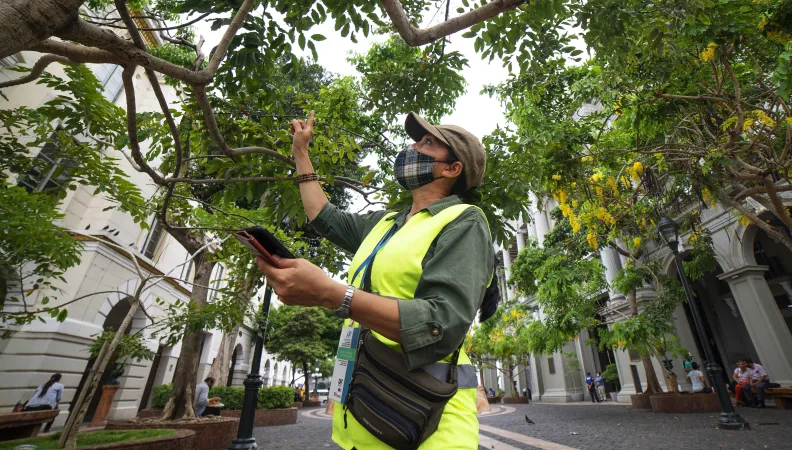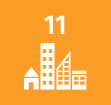Share the page
Planning the regional development of Guatemala city for sustainable protection from climate change
Project


-
Project start date
-
Status
Completed
-
Estimated date of project termination
-
-
Project financing date
-
-
Financing duration
-
4 years
-
Type of program
-
FFEM
-
Global financing amount
-
€ 4 420 000
-
FFEM financing amount
-
€ 1 500 000
-
Location
-
Guatemala City
-
Type of financing
-
Partners
-
Beneficiaries
-
FUNDAECO (Fondation pour l’Ecodéveloppement et la Conservation)
-
Type of beneficiary
-
NGO, Foundation



The climate risks inherent in the region, linked to substantial urban expansion, make the major metropolis of Guatemala especially vulnerable to the effects of climate change. To strengthen its environmental sustainability, the FFEM is supporting this project for regional planning and for developing urban natural spaces.
Context
Capital of a country prone to natural disasters, Guatemala is one of the ten cities most vulnerable to climate risk in the world. It also has the highest number of climate-related accidents in Latin America. Projections forecast a worsening of the city’s already-extreme vulnerability, especially in view of its frenetic and poorly-planned growth.
The project, sponsored by Fundaeco, comes under the framework of the country’s 2013 Law on climate change. It aims to reduce the vulnerability of Guatemala City to the impacts of climate change through the creation of planning and regional development instruments. This is achieved in particular by transforming no-build zones into green infrastructure to maintain environmental services.
Description
The project has 4 components:
- Underpinning the planning and establishment of Guatemala City’s green belt to reduce its vulnerability and improve the protection of green infrastructures.
- Supporting the protection and restoration of parks and areas of groundwater recharge to ensure the preservation of biodiversity and sustainable water supply for the city in the long-term.
- Undertaking pilot projects to mitigate vulnerability to the impacts of extreme climate events and to sustainably renovate threatened habitats.
- Ensuring participation of, and consultation with, all stakeholders involved and the dissemination of experience at national, regional and international scale.
Impacts
- Putting in place instruments for regional planning and development: municipal by-laws, regional action plans, draft legislation.
- Implementation of actions for the management, protection and restoration of natural assets and spaces: reforestation, preservation of groundwater recharge areas, revitalisation of parks.
- Transformation of no-build zones at high risk into green infrastructures.
- Consultation with the local population, raising awareness and helping them reclaim their environment.
- Enhancing the capabilities of the district association network.
Innovative and exemplary features
Guatemala City is the first conurbation in Central America to develop a metropolitan green belt to help it adapt to the effects of climate change and mitigate its vulnerability. Beyond this, the project is all about urban environmental management and the maintenance of ecosystem services provided by natural spaces in the city - a topic which is still routinely ignored. The rehabilitation of ditches and gullies in the city to create “urban seams” has more than just an environmental impact: it also works to heal social and spatial fractures.
Today we are seeing a shift in operational approach and a change in how vulnerable districts areviewed. In maximising the potential connections and interfaces between parks and vulnerable districts, this project fosters a holistic approach addressing environmental, social, urban and economic issues together rather than being confined to a strictly local solution.
Evaluation overview of the project
Sustainable Development Goals
ODD11 Sustainable cities and communities

ODD13 Climate action

ODD17 Partnerships for the goals



